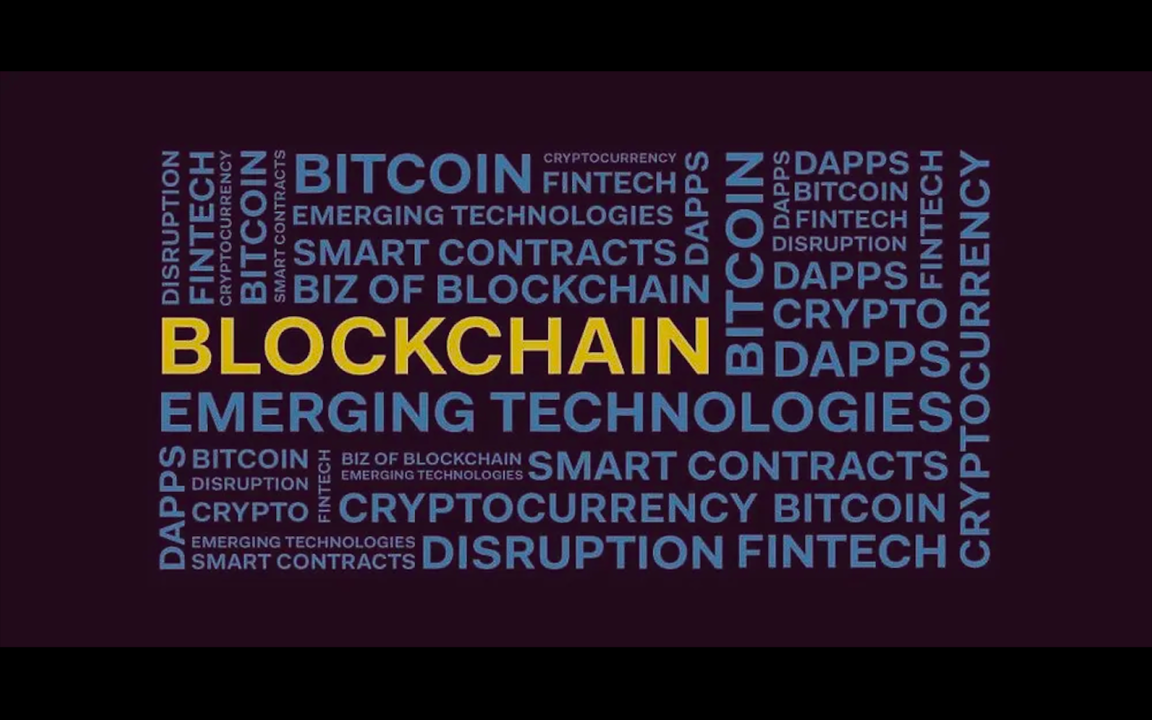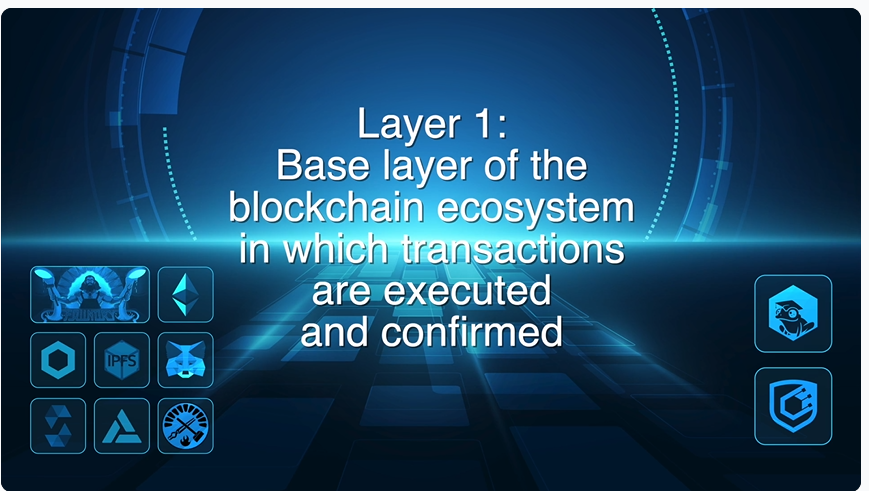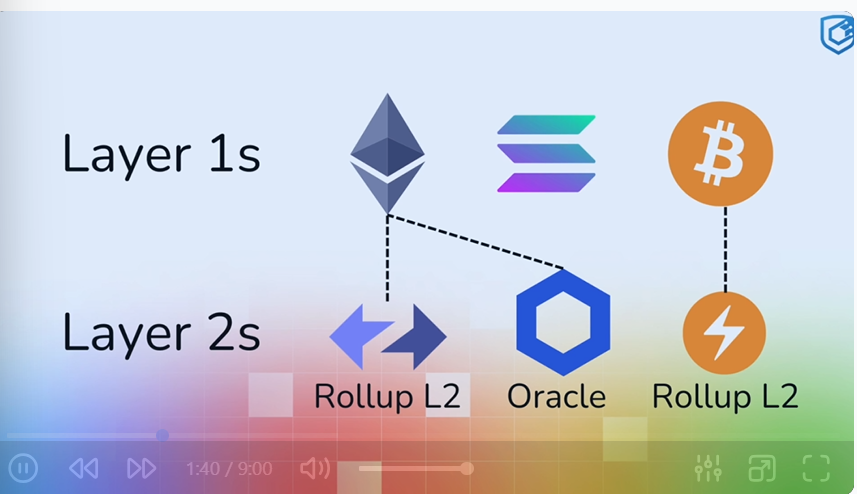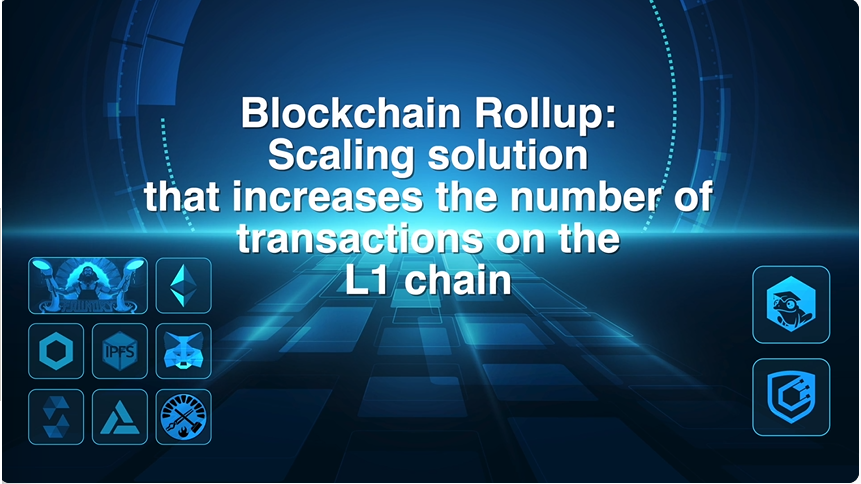Blockchain Glossary Every Smart Contract Developer Should Know
 WildFlower.Eth🌺
WildFlower.Eth🌺
Since the 2021 bull run, the blockchain industry has rapidly expanded with new technologies and solutions, each bringing its own terminology and concepts. As the industry evolves, it can be challenging to keep pace with everything that's happening.
While it's not feasible to stay ahead of every development in blockchain, understanding the foundational terms can significantly aid in grasping new technologies. These terms are frequently discussed in DAOs, Discord servers, and across social media, making them essential knowledge for developers looking to accelerate their blockchain journey.
With insights gleaned from Patrick Collins' Blockchain Basics course, I've curated and simplified the most crucial blockchain terms. Let's explore these key blockchain concepts:
Blockchain Terms You Should Know

Decentralized Application: A Dapp, is a combination of many smart contracts combined to create a functional product built on a blockchain
Smart Contracts: smart contracts are a set of agreements written in code and deloyed on blockchains, what makes them unique from typical agreements is their 'unbreakability", they do not require trust for them to be kept.
Genesis Block: The first block in a blockchain without a predecessor. A genesis block is the beginning block of a blockchain with no predecessor, think of them to be the first block validated on a blockchain
Hash: Hashes are unique strings of characters that represent a set of data. The length of hashes remain the same, which the hash change when there is an alteration in the data given. Hashes are used to encrypt and represent data
Nodes: Nodes are operators that run blockchains on their computers. Blockchains are decentralised and democratised meaning anyone can connect to and contribute to the blockchain by running a node.
Consensus Mechanism: The consensus mechanism is how nodes of a blockchain agree on what the state of a blockchain is.
Proof of Stake (PoS): This is where nodes put on a ‘stake’, to financially pledge that they would behave in a certain way and validate and verify the right transaction. In Proof of stake, these nodes are called Validators. Validators are chosen to create new blocks and validate transactions based on the amount of cryptocurrency they hold and have staked as collateral.
Proof of Work (PoW): This is a type of consensus mechanism where nodes compete to validate blocks by solving difficult mathematical problems. In PoW systems, miners receive block rewards for their efforts in solving complex mathematical puzzles to validate transactions.
Nonce: In proof of work, blockchains have to solve mathematical problems to be able to validate a code. Miners have to guess certain numbers to determine if they are right. These numbers they have to solve in a single instance are called nonce
Private Key: Private keys are passwords that allow you to sign transactions your transactions on the blockchain.
Block Reward: This is the financial benefit given to miners for solving and validating a block. Miners in proof of work, compete to solve the mathematical equation that gives them the right to validate a block. Blockchains like Bitcoin, cut their block reward by half over a given period.

Layer 1: These are base layer blockchain implementations, think of them as foundational blockchains that form base layers on which other blockchains and applications are built. They are also often referred to as the "settlement layers". Some layer 1 blockchains include; Bitcoin, Ethereum and Solana

Layer 2: This is any network or application built on top of a layer one solution to improve scalability and transaction speed. e.g Arbitrium and Optimism, chainlink, and The graph

Rollups: they roll up their transaction into layer one, and they solve scalability solutions. Rollups derive their security from the layer 1 network, they achieve scalability without increasing the gas cost, by rolling up their transactions into layer 1 Blockchains.
There are 2 main types of Rollups, based on how they check the validity of these transactions, either as legitimate or fraudulent.
Optimistic Rollups: In these types of rollups, it is assumed that off-chain transactions are valid hence the term "optimistic". Operators have a period where they can "challenge" the validity of these transactions
ZK Rollups: These types of Rollup use complex mathematical proofs to validate transactions without revealing transaction details.
Side Chains: Blockchains that run parallel to the main blockchain but derive security from their consensus protocols.
Testnet: For developers building smart contracts, they must have fake tokens they can play with to test the validity of their smart contracts. Testnets allow developers to receive fake crypto tokens to test the functionality of their smart contracts
Sybil Attack: A user creates multiple accounts in a blockchain network to try to influence it. Since blockchains rely on multiple nodes, bad actors can sometimes duplicate themselves multiple times in an attempt to have more influence over the network
51% Attack: blockchains have to attach themselves to the longest chain, through a consensus they agree on the longest chain so long as it has 51% of the network. when this happens, a fork happens, where if a node, has the longest chain, they can choose to leave the network with their longest chain.
Longest chain rule: The rule in blockchain where nodes choose the longest valid chain as the authoritative ledger.
The Blockchain Trilemma: Blockchains need to be decentralized, secure and scalable for them to work. The blockchain trilemma states that a blockchain cannot sacrifice one of these features to be great at the remaining 2. new technologies like layer 2 blockchains and rollups are making this a thing of the past.
Bridging: Taking tokens from one chain (the source chain) to another chain (The destination chain) without really moving them from one place to another. these are done in 2 forms - the minting and burning phrase.
Burning: To burn tokens is to permanently remove them from circulation by destroying them. This is often done periodically to reduce the amount of tokens in circulation and thereby increasing the demand and price of the rest of the tokens in circulation;
Minting: minting is the process of creating new tokens. This process is typically governed by the protocol of the blockchain network and varies depending on the consensus mechanism in use.
This is by no means an exhaustible list of key terms in the blochchain space but Understanding these terms equips developers with essential knowledge to engage confidently in discussions and implementations within the blockchain ecosystem.
Now over to you, which of these terms are you hearing for the first time? Can you name a #blockchain term that needs to be added to this list?
#blockchain #web3 #smartcontracts #blockchaindevelopment #layer1 #layer2 #zksync #rollups
Subscribe to my newsletter
Read articles from WildFlower.Eth🌺 directly inside your inbox. Subscribe to the newsletter, and don't miss out.
Written by

WildFlower.Eth🌺
WildFlower.Eth🌺
Favour Onukogu is a Product Manager, UX Writer & now studying to be a smart contract developer. She is passionate about using user behavior to transform products to meet business expectations. She has been endorsed as an Enterprise Design thinking practitioner by IBM and a certified Digital Marketer by Google. She started her career working creating content for several blogs including SheLeadsAfrica & TEDx Port Harcourt. She has worked with several startups including an Agritech, Coworking Hub, Consulting firm, and currently, a crypto exchange platform where she works as a Creative Strategist where she has created solutions to shorten customer response time & curb fraud issues on social media In 2020, she founded BookQuest Africa, a peer-to-peer sharing platform for book lovers, where she guides a team of developers & designers to build the BookQuest Platform Her vision is to help founders and product teams understand problems, validate business models & create Impactful solutions. When she's not working, she is reading a book, watching videos on YouTube (which she plans to product manage), or tweeting furiously on Twitter You can find some of her works here: https://onukogufavour.medium.com/ Check her portfolio: https://sites.google.com/view/favouronukogu-portfolio/home